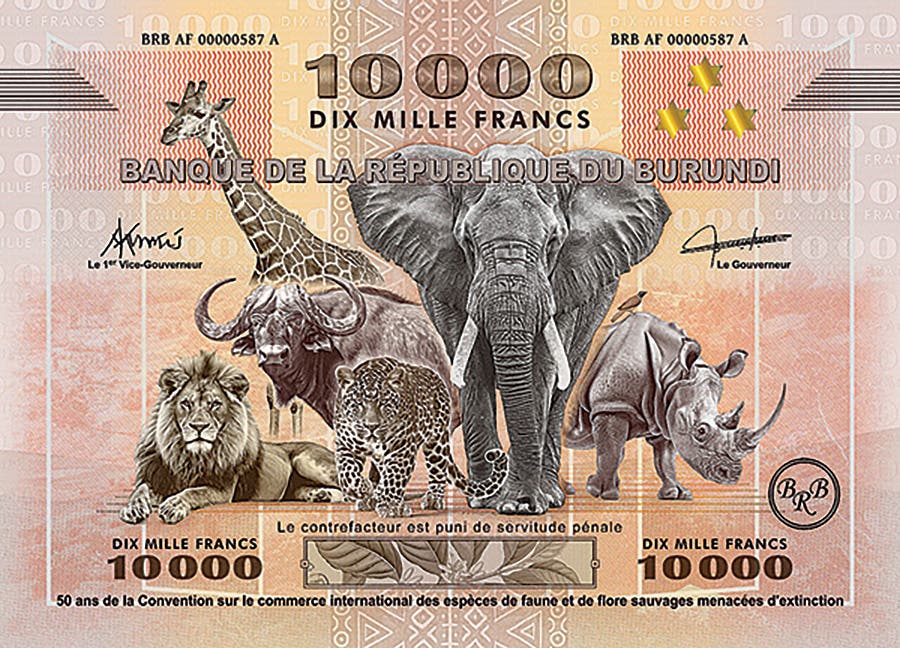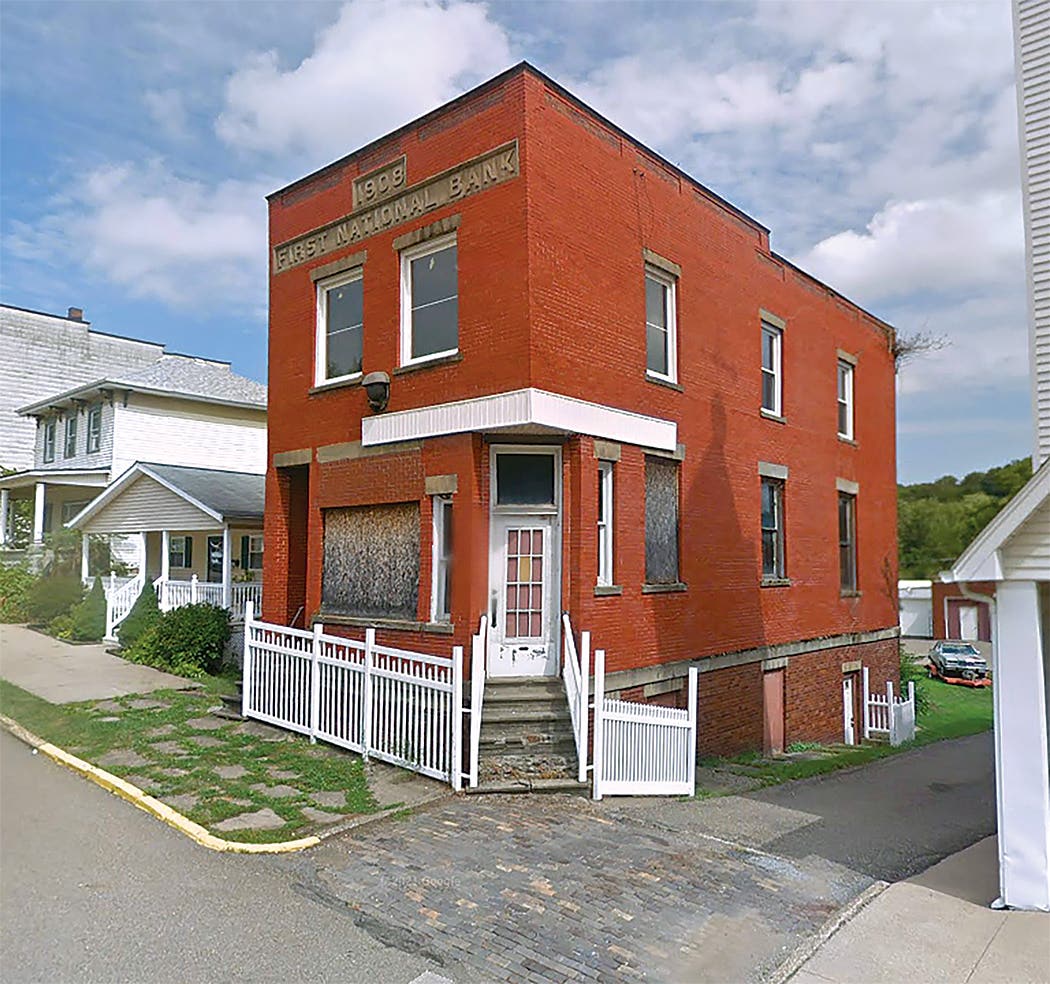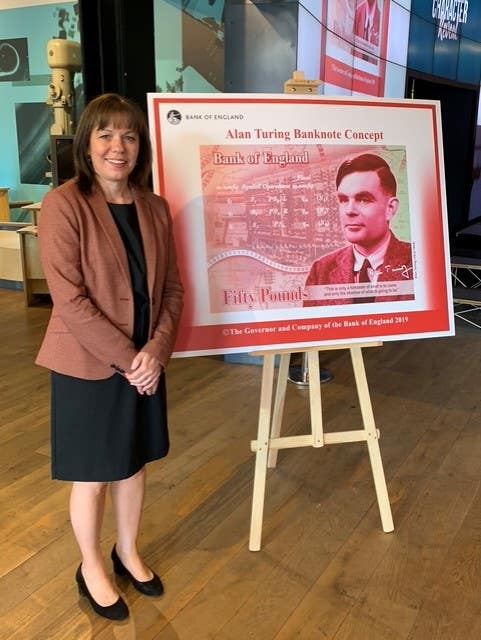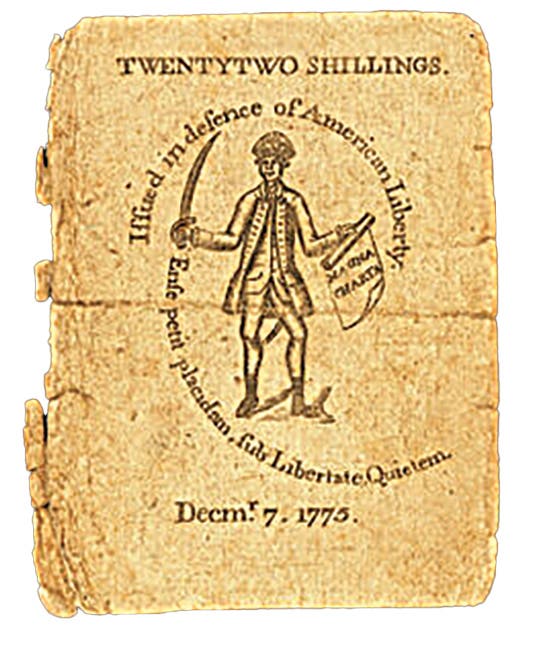Early U.S. paper brings big prices
By Bill Brandimore The last Memphis auction by Lyn Knight was full of great notes bringing great prices. For example, the auction started with the $117,500 purchase of a $20…
By Bill Brandimore
The last Memphis auction by Lyn Knight was full of great notes bringing great prices. For example, the auction started with the $117,500 purchase of a $20 Demand Note on Boston, one of only four known Boston notes. This note was a PMG Very fine 25.
A $20 Rainbow, KL526/Fr127 in PCGS 66PPQ fetched $54,500. A unique variety of $50 Legal Tenders, KL670b/Fr150b brought $99,875. A Grinnell-Donlon-Oakes $100 Spread Eagle Legal Tender in PCGS 55 PPQ KL787a/Fr167a was hammered down at $270,250. For you National Bank Note fans a finest graded National, PCGS 69PPQ $5 Brown Back on The Northwestern National Bank of Chicago registered a winning bid of $27,000. All these bids included a 17.5 percent buyer’s fee. Other notes were mixed, with some weakness in small-size Federal Reserve Notes and raw offerings.
Action on the Memphis bourse floor seemed good on Friday, but a bit slower on Saturday. I talked a bit with Minot, N.D., dealer Scott Lindquist who was pleased with the show overall. Canadian New Brunswick dealer Don Olmstead also indicated that he had a good show. Next year’s show will be in Kansas City and I talked with a number of dealers who were already calculating their travel time. Tom Surina of New Jersey told me it was a wash for him as he could drive straight out I-80 in about the same amount of time. Mart Delger is already planning for next years exhibits, something he did for all 40 shows at Memphis.
Chatter on the International Bank Note Society blog continues about counterfeit overstamps, and most of all, grading. World currency has always been graded more stiffly than U.S. standards. Extra Fine equates to Almost Uncirculated, for instance, and Very Fines would be at least at our VF30 level. The contributors to the daily blog, quite a nice feature if you join this organization, are constantly harping on U.S. third-party graders.
Fractional Currency notes remain quiet and Colonials seem steady. Small- size Silver Certificates are also a bit weak. World currency continues to lead the market. Notes of the British Colonial period remain popular along with French Colonials, especially African. It will be interesting to see if announced changes in U.S. currency will attract new collectors, although people might forget about the changes as they are still a ways off in implementation.
It was with great regret that I learned of the passing of Chet Krause. He died June 25. I have to comment on the value of this man’s work and its impact on the numismatic world.
I first met Chet at Memphis in 1988 when I was getting ready to move to Wausau, Wis., as chief of police there. There are lots of stories about Chet and they all seem to attest to his basic decency and ethical manner.
Chet would occasionally see me on TV commenting on criminal activity in Wausau, as Iola was in the range of Wausau television. So he always seemed to have an encouraging word for me and we always enjoyed visiting together at coin shows, or in Iola if I was in the neighborhood.
I enjoyed his numismatic reminiscences at NOW state conventions and he seemed to know everybody, and always greeted them warmly. We will all miss Chet Krause.
This article was originally printed in Bank Note Reporter.
>> Subscribe today or get your >> Digital Subscription
More Collecting Resources
• The Standard Catalog of United States Paper Money is the only annual guide that provides complete coverage of U.S. currency with today’s market prices.
• Order the Standard Catalog of World Paper Money, General Issues to learn about circulating paper money from 14th century China to the mid 20th century.








